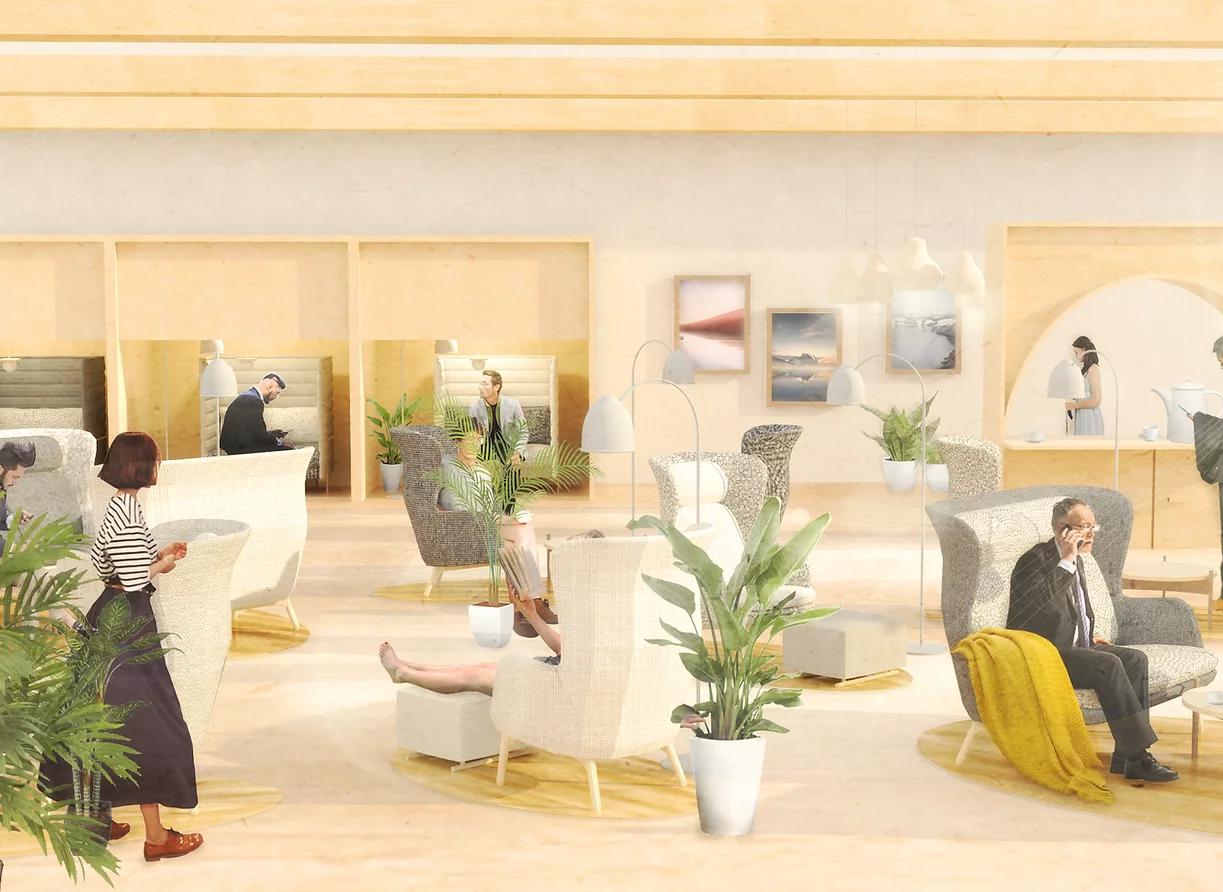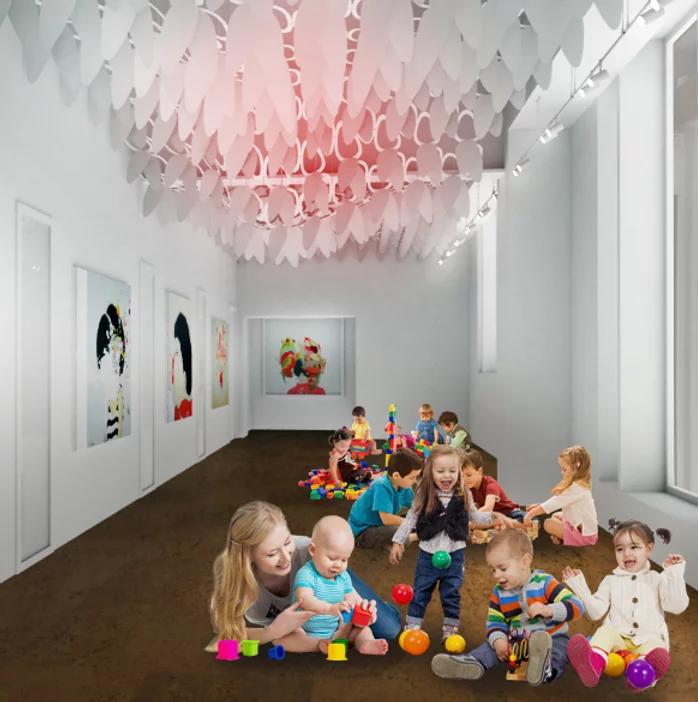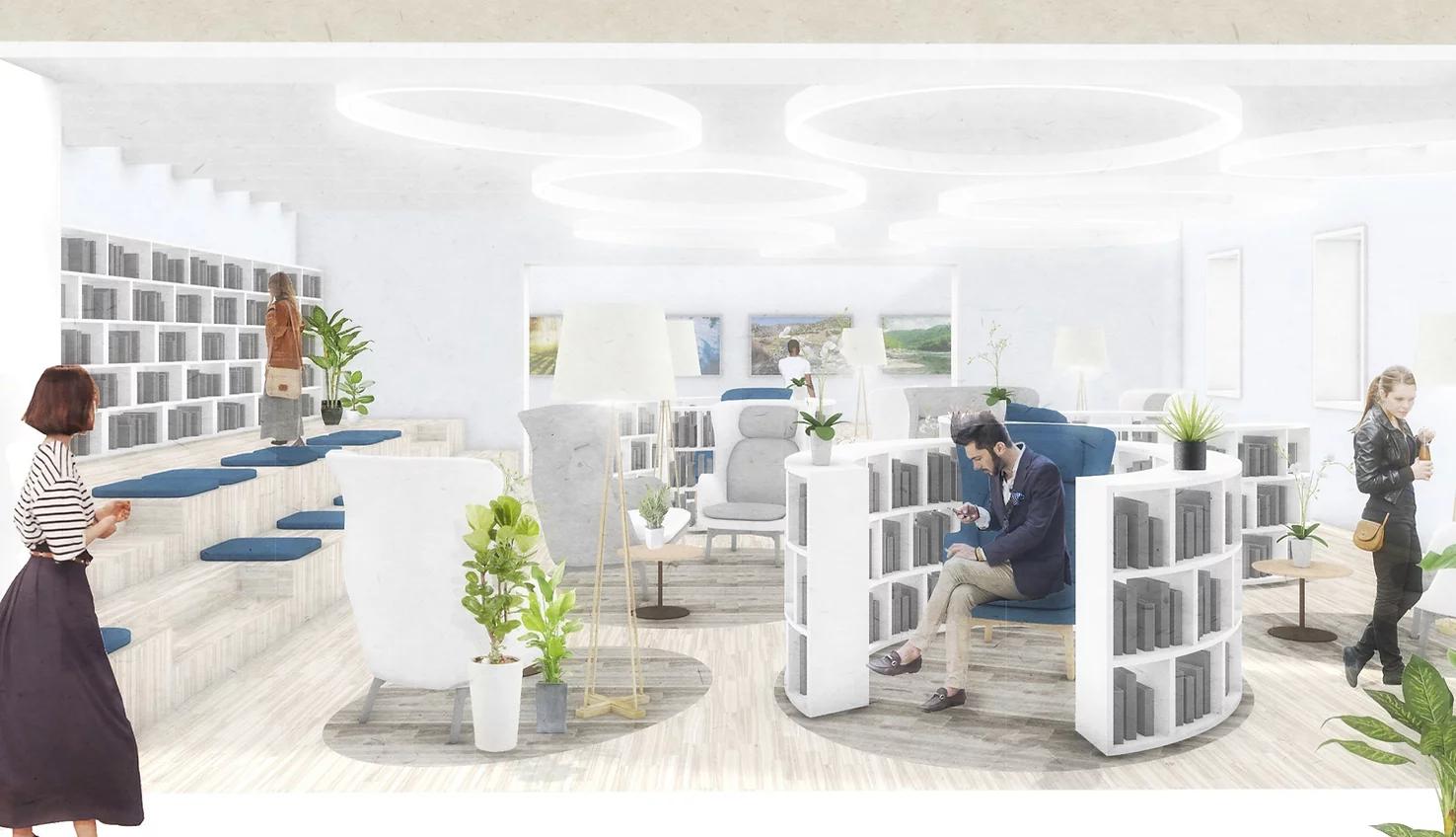When an interior space is understood through people’s acts, such as sitting, eating, resting, seeing, or touching, it becomes a micro environment that is not much different from an urban environment. Thus, an interior project is less about designing but more about constructing an environment that induces people’s behaviors.
인테리어 공간을 사람들의 행위, 즉 앉거나, 먹거나, 쉬거나, 보거나, 만지거나 하는 등의 행동으로 인식하는 순간, 이것은 마치 하나의 도시적 환경과 같은 마이크로 환경으로 이해될 수 있다. 때문에, 인테리어 프로젝트는 더 이상 인테리어 디자인이 아닌 사람의 행위를 만들어 내는 환경을 구축하는 것이 된다.
Just as urban environments, unexpected encounters between people, space, and programs widen experiences in the micro environment. These encounters could be constructed through unconventional play in materials, lights, and forms.
도시적 환경이 그러하듯, 마이크로 환경에서도 사람들 사이에, 공간들간에, 그리고 프로그램들 간의 예상치 못한 상황의 대면들은 공간 경험을 훨씬 더 폭넓게 한다. 이러한 대면의 상황들은 재료나 빛, 그리고 형태 등의 새로운 실험 등을 통해 구축될 수 있다.




